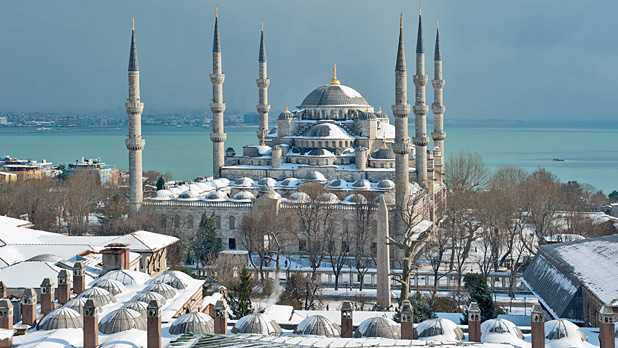A crop eradication scheme that will really work.
“The fight against drugs is actually the fight for Afghanistan,” said Afghan President Hamid Karzai when he took office in 2002. Judging by the current situation, Afghanistan is losing.
To win, the link between narcotics and terrorism must be severed. That is the necessary condition for a successful strategy to undermine the growing influence of al-Qaida, the Taliban and radical Muslim groups in Afghanistan and Pakistan.
It is all about money–more precisely, drug money. The huge revenues from the heroin trade fill the coffers of the terrorists and thwart any attempt to stabilize the region.
Though not traded on any stock exchange, heroin is one of the most valuable commodities in the world today. While a ton of crude oil costs less than $290, a ton of heroin costs $67 million in Europe and between $360 million and $900 million in New York, according to estimates based on recent Drug Enforcement Administration figures.
Since its liberation from Taliban rule, Afghanistan’s opium production has gone from 640 tons in 2001 to 8,200 tons in 2007. Afghanistan now supplies over 93% of the global opiate market.
“This is a source of income for the warlords and regional factions to pay their soldiers,” warned former Afghan Interior Minister Ali Ahmad Jalili in a May 2005 interview with Reuters. “The terrorists are funding their operations through illicit drug trade, so they are all interlinked.”
In 2004, the G-8 designated Britain to lead counter-narcotics efforts in Afghanistan. Its three-year eradication policy was designed specifically not to alienate the local population. It dictated the crop eradication be done “by hand.” Moreover, the British entrusted the provincial governors with the eradication process, even though Afghan provincial governors, many of whom are powerful warlords, have been engaged in the drug trade for decades. Not surprisingly, the eradication effort failed miserably.
Forbes
02.26.09


Leave a Reply